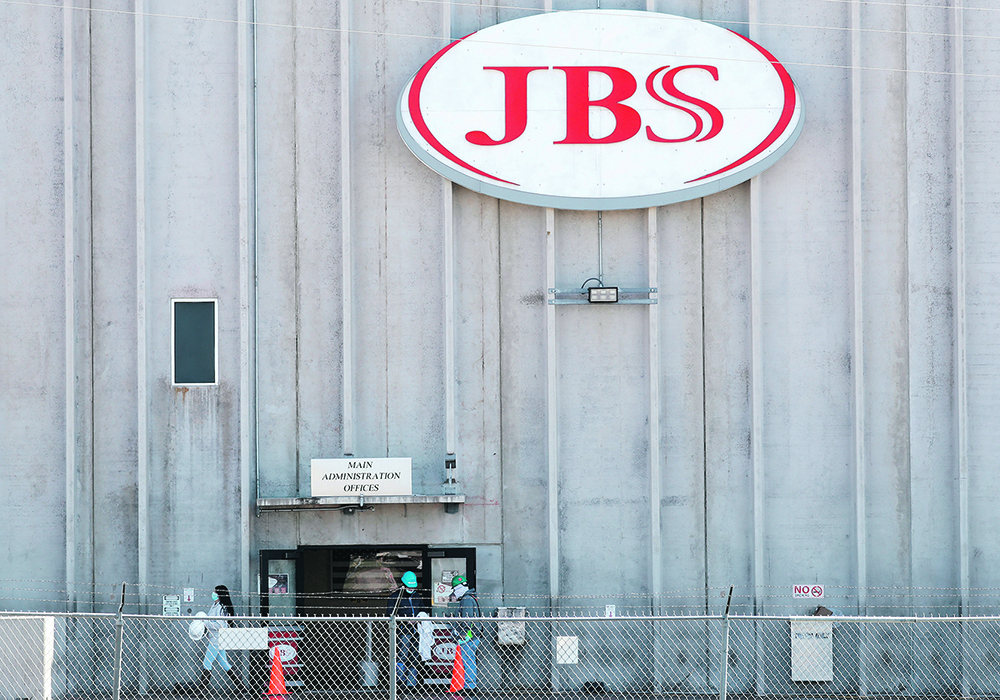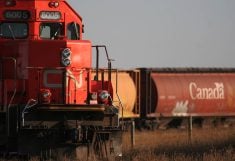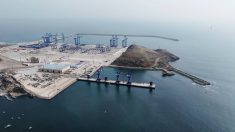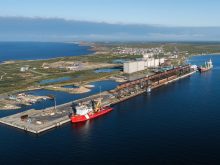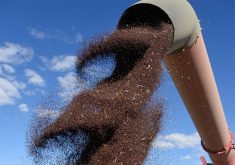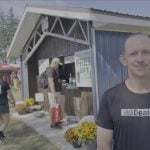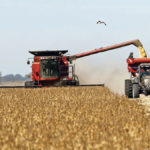House of Representatives ag committee hears that building more slaughter plants would be hampered by labour shortage
The battle over packing industry concentration recently played out in front of the U.S. Congress.
The House of Representatives agriculture committee heard comments from U.S. ag secretary Tom Vilsack, packing industry representatives and economists on the role of government in meat markets and the beef supply chain.
The battle has been going on for months and is connected to the U.S. administration’s goal to expand capacity and increase competition in meat and poultry processing. In July, Vilsack announced a $500 million investment to make that happen.
Read Also
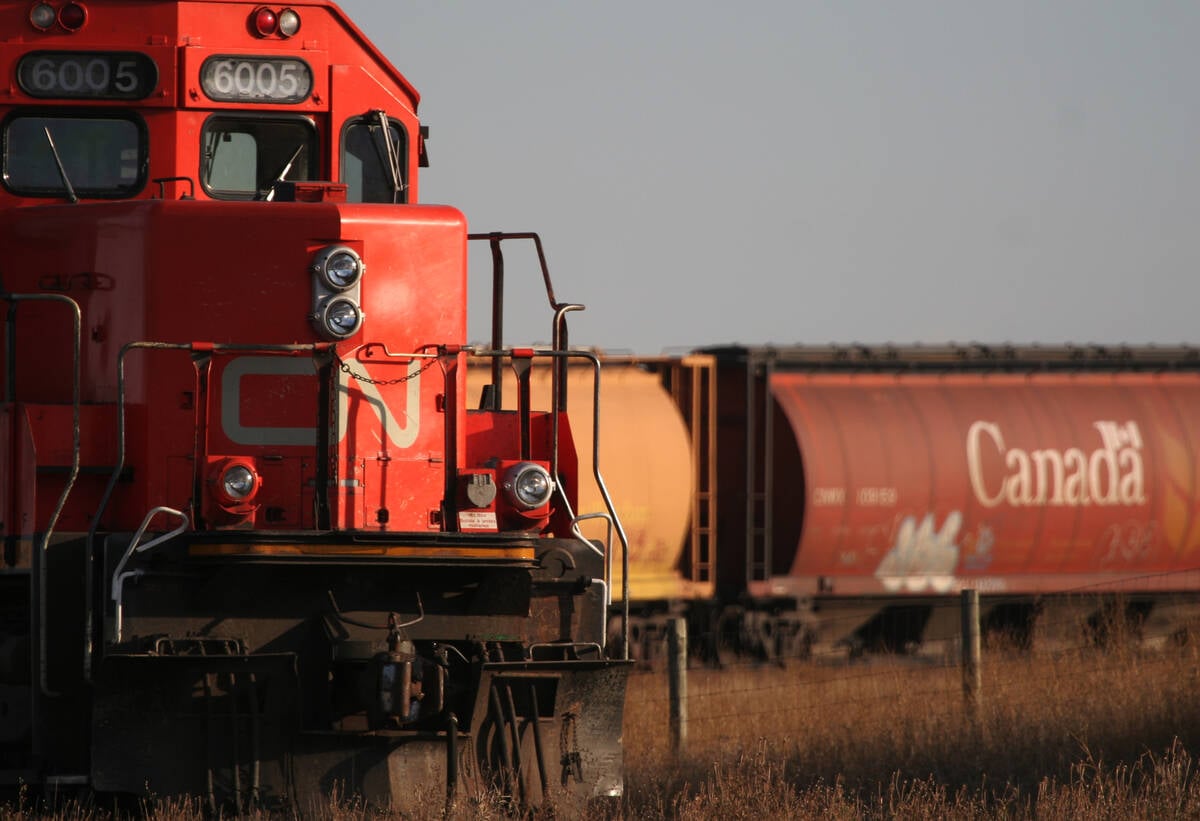
Working groups established to address challenges in the containerized and bulk movement of commodities
CN is working with the pulse and special crops sector on resolving challenges in shipping those commodities.
“The investments USDA (U.S. Department of Agriculture) will make in expanding meat and poultry capacity, along with restoration of the Packers and Stockyards Act, will begin to level the playing field for farmers and ranchers,” Vilsack said at the time.
New slaughter plants are needed, especially in the beef sector, because four meat packing companies control 80 percent of the beef market, Vilsack added.
Building more slaughter plants could increase competition and possibly boost prices for cattle ranchers, but there’s a flaw in that theory, says the North American Meat Institute, a trade association for packers.
If there are no workers to process cattle, pigs and chickens, the number of packing plants doesn’t matter.
“Production in meat packing … is tied to the number of employees working the line,” said Francois Leger, the owner of FPL Food, a beef processing plant in Georgia, who spoke in Washington to the ag committee.
“We see on average 20 percent daily absenteeism in our plant. I come to work every day and the first decision I face is which line to run and how to staff it…. Our average salary is now $20 an hour for plant workers, and yet we still cannot run at full capacity because of absenteeism.”
NAMI also cited a report on the U.S. cattle and beef markets, authored by economists from Texas A&M and other universities. One of the report’s findings was that large packing plants can be helpful for ranchers.
“The benefits to cattle producers, due to economies of size in packing, largely offset the costs associated with any market power exerted by packers,” the report says.
A similar debate is playing out in Canada’s livestock industry.
The National Farmers Union has argued that JBS and Cargill, which operate massive plants in Brooks and High River, Alta., have too much control.
“Their… plants form a choke point that gives them undue influence over the price of cattle paid to farmers and the price of beef paid by consumers in the grocery store. While this choke point gives Cargill and JBS tremendous power, it is also one of the weakest links in Canada’s food system.”
Others say ranchers need the massive beef plants because they’re efficient and make Canadian beef more competitive in the global market.
“When you export products … it’s about cost,” said Martin Unrau, former Canadian Cattlemen’s Association president, in 2020. “Everybody squeaks about quality and having an environmentally friendly country to grow your product in … but the discussion always kicks back to, what’s the price?”


